Brioche. Just the name of it implies decadence. Of privilege. Only the wealthiest of the French could enjoy a cake filled with as much butter and egg as a brioche. Peasants don’t have bread? No problem. “Qu’ils mangent de la brioche,” quoth Marie Antoinette, even if apocryphally.
But don’t let Marie Antoinette’s attitude get in the way of your enjoyment of this delicious cake-like bread (or bread-like cake).
Another recipe made with potatoes you might enjoy is my Christmas Stollen.
For ease of browsing, here are all of my bread and roll recipes in one place. Thanks for stopping by!
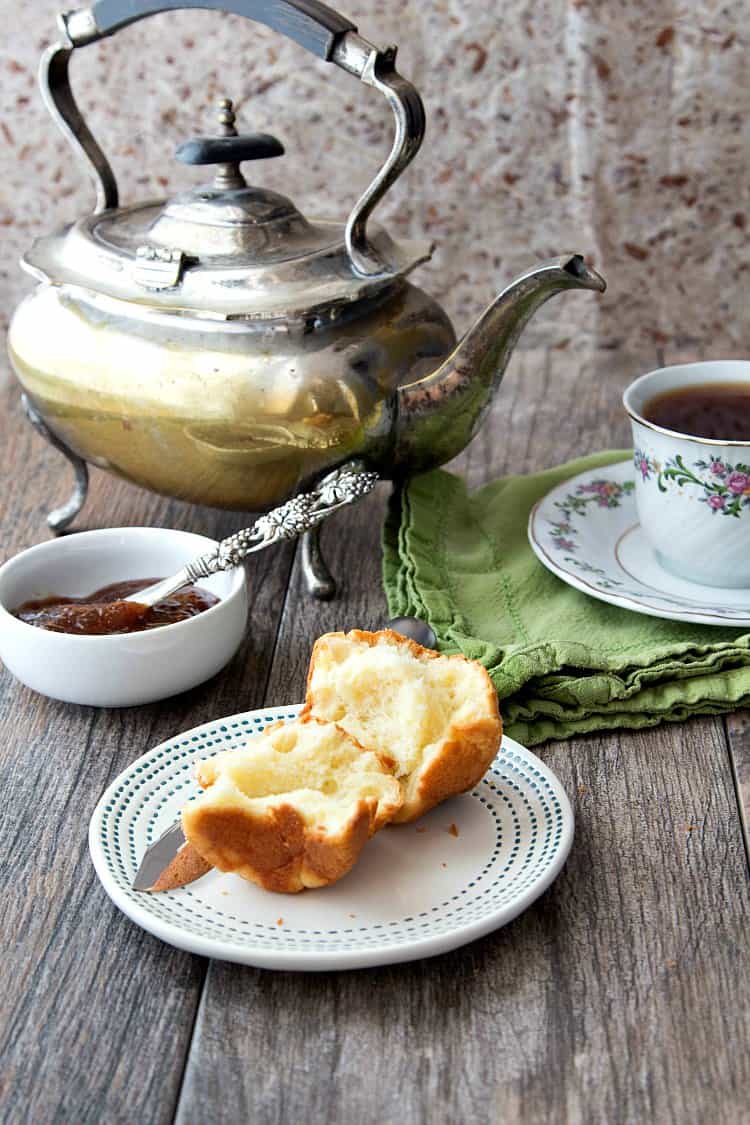
I have partnered with the lovely folks at the Idaho® Potato Commission to bring you this post and recipe for Buttery mini brioche buns. Thank you for giving consideration to the brands I work with.
Considerations for Making Brioche with Potatoes
For bread, brioche is delicate. For a cake, it is best described as a not at all sweet pound cake with a fine-textured crumb that is almost too buttery to be believed, but never too buttery to be enjoyed. Since the dough is so rich, yeast takes its own sweet time in raising it, but the long wait is oh-so-worth it.
To make matters even more challenging for the yeast, I substituted some mashed Idaho russet potato for a portion of the flour. Yeast really likes potatoes since they’re so starchy. It gives them lots of deliciousness to eat. The tradeoff is in less gluten and an even more delicate structure. Hence the super long rise. I make my standard brioche dough with a mixture of about 3/4 bread flour and 1/4 all purpose. In this case, I used all bread flour to make sure the bread had enough structure to rise and stay risen rather than deflating.
Pastry Chef Online Participates in Affiliate Programs. If you make a purchase through one of my links, I may earn a small commission. For more information click to read my disclosure policy
Buttery Mini Brioche Buns
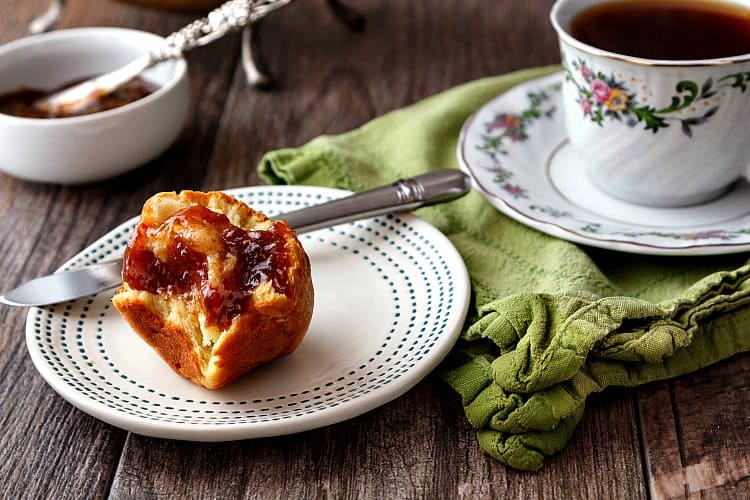
Making the bread as muffins (or mini buns shaped in muffin tins, if you prefer) ensured there was plenty of surface area exposed to the heat of the oven to give the buns structure. I did make loaves the first time I tried this, but they deflated after they came out of the oven. Still tasty, but not at all what I was going for. So, if you would like to make this recipe as a loaf rather than as muffins or mini brioche buns, I would suggest baking in a (affiliate) long, narrow mold rather than in a standard loaf pan.
Can Anything Go Wrong When Making This Recipe?
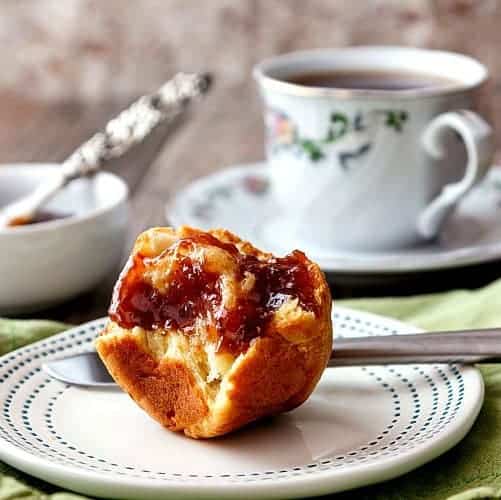
In a word, yes. But don’t be scared off. You just need a little lot of patience to allow the yeast to do their thing. You could rush things by using extra yeast, but what you may regain in time, you’ll lose in the flavor that develops from a long rise. So let the 1/2 teaspoon of yeast slowly munch on Idaho® potatoes and some sugar and watch the bread rise at a rather glacial pace. Even in muffin tins, especially if your kitchen is chilly, it will take a good 4-5 hours or longer for the dough/batter to almost double. The yeast gives a last hoorah in a very hot oven to make sure the structure sets and you end up with nicely domed brioche buns rather than flat muffins.
And whatever you do, don’t try to rush the rise by putting the dough in a warm and cozy place. If it gets too warm, the butter will leak out, and we want it to stay nicely distributed in the dough. So your mantra for making these little brioche guys is Patience-Patience-Patience.
Let’s Bake Some Brioche Muffins
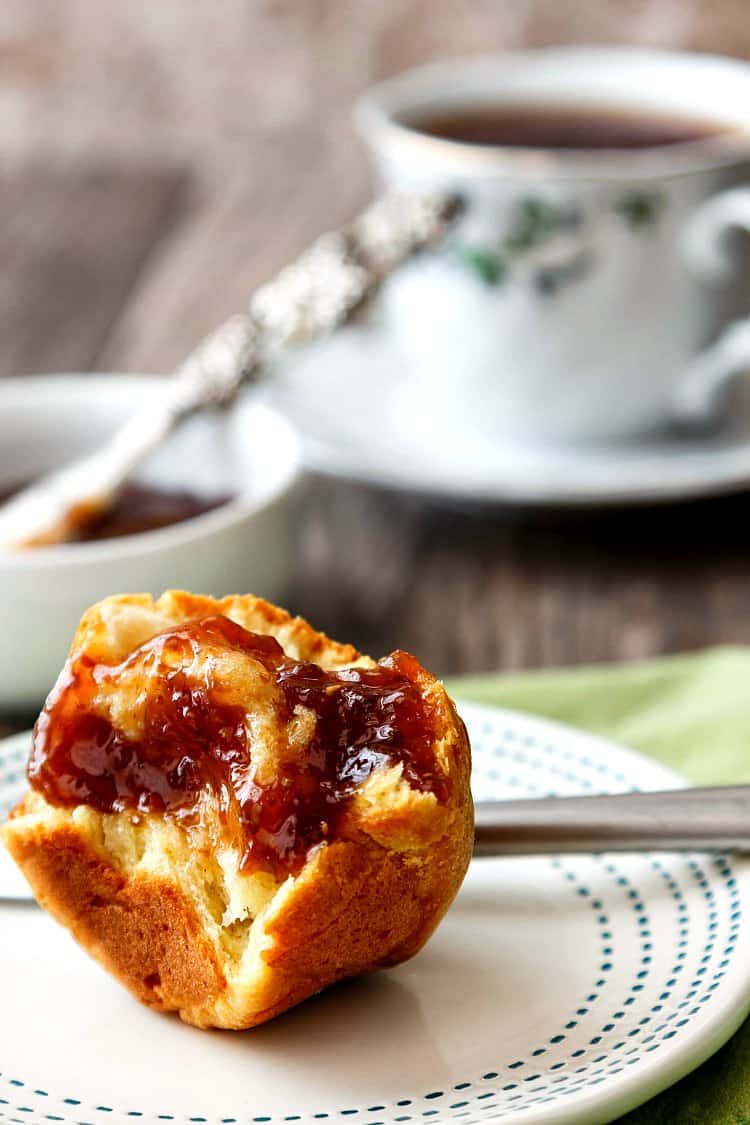
Would you like to save this post?
Please read over the recipe at least once to figure out your timeline. I find it’s best to make and portion the dough in the evening, and then pull it out the next day to take its leisurely rise in plenty of time for you to serve these for afternoon tea.
Don't let its small price and small size fool you. The Escali Primo is an accurate and easy-to-use food scale that I have used for years. It's easy to store, easy to use, has a tare function, and easily switches between grams and ounces/pounds for accurate measurements.
It will help me and other readers so much if you take a moment to rate and leave a review for this recipe.
You can use the stars to rate 1-5 (5 is best), and leave a review in the comments. It helps me make adjustments if any are needed, and comments help others decide whether the recipe is worth making.
Other ways to share include pinning, and/or sharing on your favorite social media platform.
Thank you so much for taking the time!

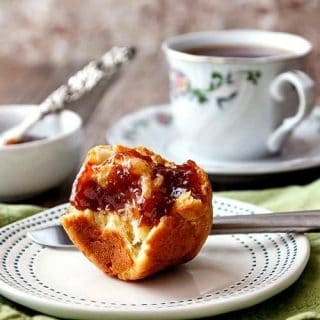
Buttery Mini Brioche Buns
Would you like to save this post?
Ingredients
For the Sponge:
- 1.5 oz 3 tablespoons water
- 1 oz 2 tablespoons whole milk
- ½ teaspoon active dry yeast
- Heavy pinch granulated sugar
- 1 oz mashed Idaho® russet potato no milk or butter
- 1 oz about ¼ cup bread flour
For the Brioche:
- All the sponge
- 3 whole eggs
- 1 ½ tablespoons 4 ½ teaspoons granulated sugar
- 0.2 oz just a smidge over ½ teaspoon kosher salt
- 9 oz about 2 cups bread flour
- 1 ½ oz mashed Idaho® russet potato no milk or butter
- 2 sticks butter softened
Instructions
For the Sponge:
- In the bowl of your stand mixer, whisk together all the sponge ingredients until smooth.
- Cover and set aside to rise in a warm place. This could take 2-3 hours. Be patient.
For the Dough:
- Once the sponge is nice and bubbly, add the eggs, sugar, salt, and bread flour to the bowl.
- Using the dough hook, mix on low speed until the dough comes together.
- Increase the speed to medium-low (I used speed 4 on my KitchenAid) and knead for about 10-12 minutes. The dough will start out sticking in the bottom. Eventually, it will clear the bottom, but there might be some dough stuck on the sides of the bowl. The dough will be nice and smooth and somewhat sticky.
- While the dough is kneading, mix the softened butter and mashed potato together very well until smooth and uniform. I do this on a plate using a spatula, but you can also use a hand mixer if you’d rather.
- Once the dough has finished kneading, begin adding the butter/potato mixture, about 1-2 Tablespoons at a time, kneading well between each addition. This whole process will take a total of about 15 minutes. Scrape the bowl as necessary to make sure all the butter is evenly incorporated.
- Once you have added all the butter, continue to knead for another 3-4 minutes. The dough will be shiny, smooth, and very stretchy.
- Add an equal amount of dough to each of the 12 cavities in a non-stick muffin tin.* To get the most uniform muffins, weigh the total amount of dough and divide by 12. My target weight was around 2.3 oz per cavity. The dough should fill the cavities by half.
- Cover the muffin tin with plastic wrap and refrigerate overnight.
- The next day, set the tin out on the counter to very slowly rise until the highest part of the dough is just peeking over the top of the tins. The cavities won’t look completely full, but you will be able to tell that the dough has risen. Resist the urge to put these in a warm place to rise or the butter will melt out of the dough. Total rise time could be as much as 5-6 hours, so start earlier in the day if you want them for dinner.
- 30 minutes before baking, heat the oven to 450F and set a rack in the bottom third of the oven.
- Place the muffin tin in the oven and bake for 5 minutes.
- Turn the heat down to 375F and bake an additional 15-18 minutes until the brioche muffins are deep golden brown and the internal temperature has reached 200F.
- Allow to cool in the tin for 20 minutes and then remove to a rack. Serve warm. Store leftovers at room temperature for 2 days, and reheat in foil in a 325F oven until warm.
Did You Make Any Changes?
Notes
Nutrition
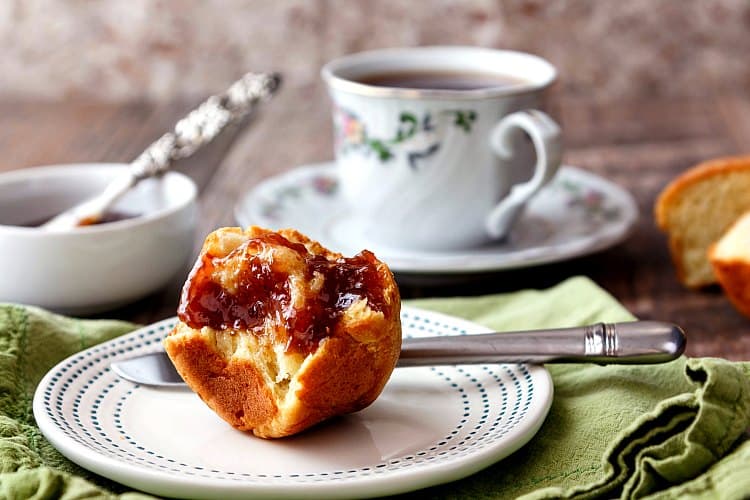
And there you have it, friends. Thanks again to the Idaho® Potato Commission for partnering with me to bring you this post. You can find the mini brioche recipe on their site here where you can find all all the IPC blogger recipes, both sweet and savory.
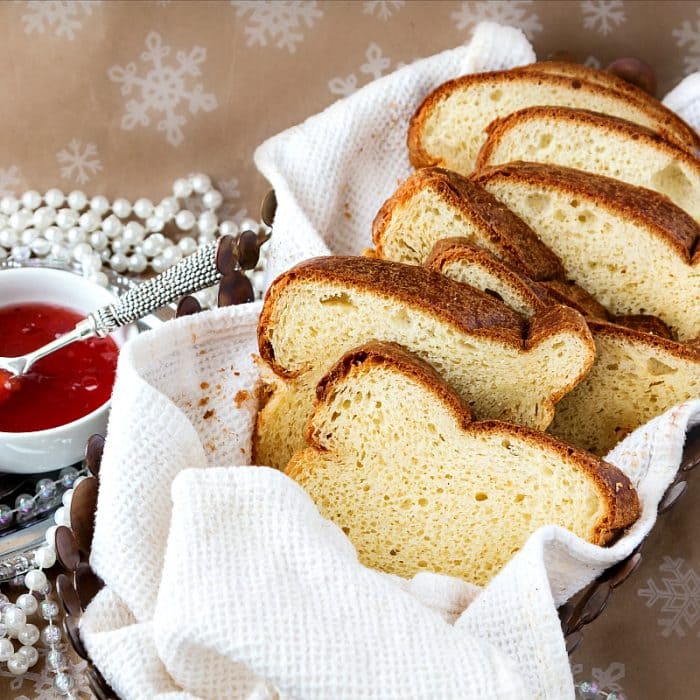
If you’d like to make brioche with champagne yeast, I can show you how to do that too in my champagne yeast brioche post.
Thanks for spending some time with me today. Enjoy the mini brioche buns, and have fun exploring the Idaho Potato Commission blogger recipes–an archive of over 1400 recipes and growing every day!
If you have any questions or comments about the recipe (or anything else), please feel free to email me or leave a comment on this post. Thank you, and have a lovely day.


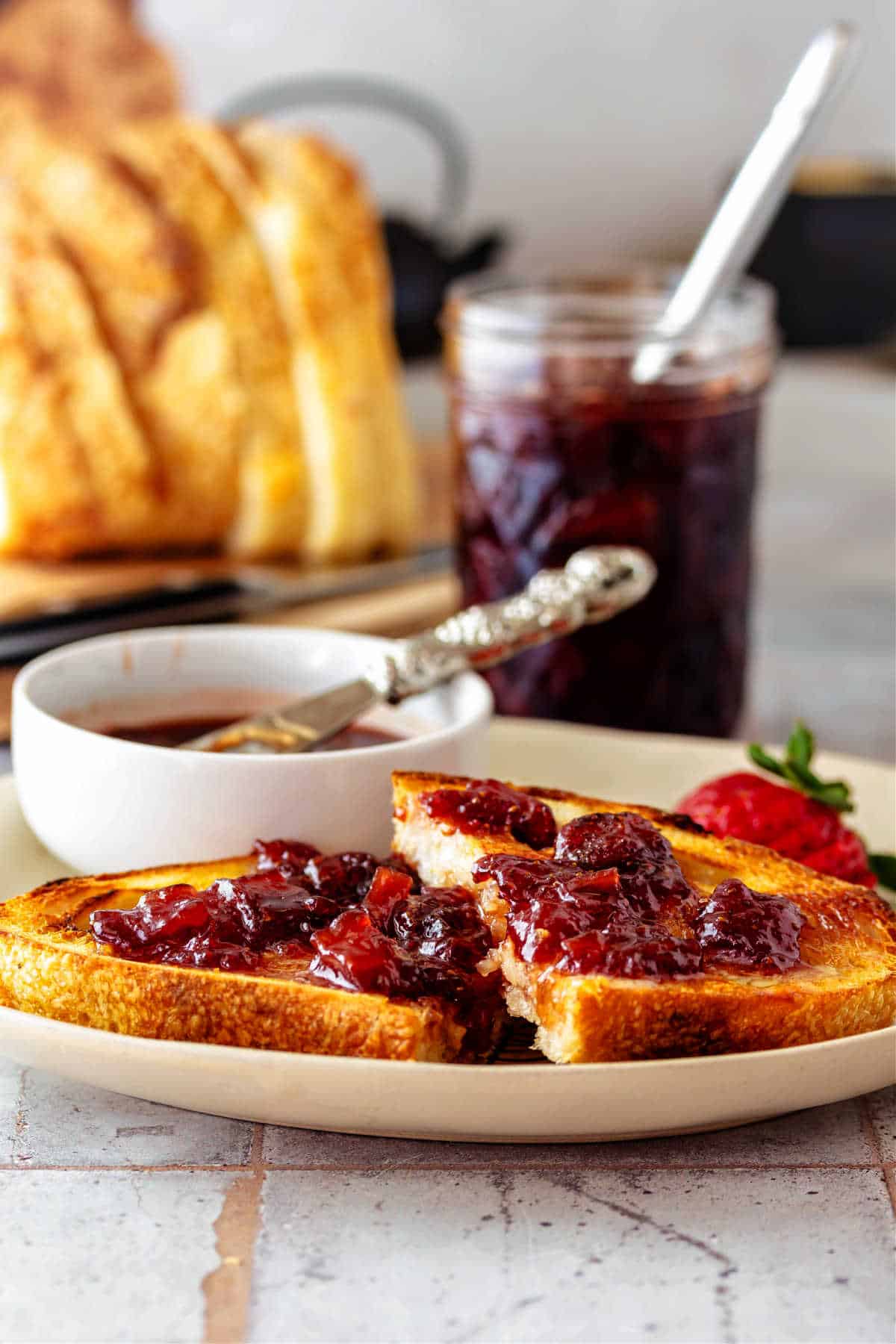
Join in Today!


nice post
Thank you, Maria. I hope you make and enjoy the wee brioche buns!
These look so yummy. I can’t wait to try this recipe out.
Just put on Guns & Roses “Patience” before you start! lol I hope you enjoy them, Melissa. 🙂
These are gorgeous and you might even get me to attempt brioche. I’m always so glad that you add explanations and instructions because not only do I learn stuff every time you post but it gives me confidence to make something that I might otherwise be nervous about. But just things like explaining why one should use a bit less yeast and what happens by not rushing the rise is important! I’ve made bread with potatoes before, too, and I know how moist and delicate the breads come out so I am double curious to try this.
But you transferred the jam into a bowl instead of showing JP’s label? What?
I know, I know! lol But the jar is mostly empty so it would’ve looked just a tiny bit sad in the photos. Know that we are enjoying every bite and spoonful! Plus, please make this. I think you will love it! I love you!
I love brioche. Bread flour, eh? Okay. I’m here for it. Also, do you believe oiling my ice cream scoop to portion them would work? If not, I’m down to bench scrape it up.
It is so stretchy and soft I don’t think oiling it would work, Nikki. The issue is the scoop doesn’t have a sharp blade to cut through the satiny/stretchy gluten so the whole blob ends up rolling back off and into the bowl. I actually just pulled off pieces with my hands and weighed them.
Too tempting not to try. Like the tip to make as muffins
Thanks, Jack. They are so delicate they kind of need to be muffins. And then you can eat them all! =)